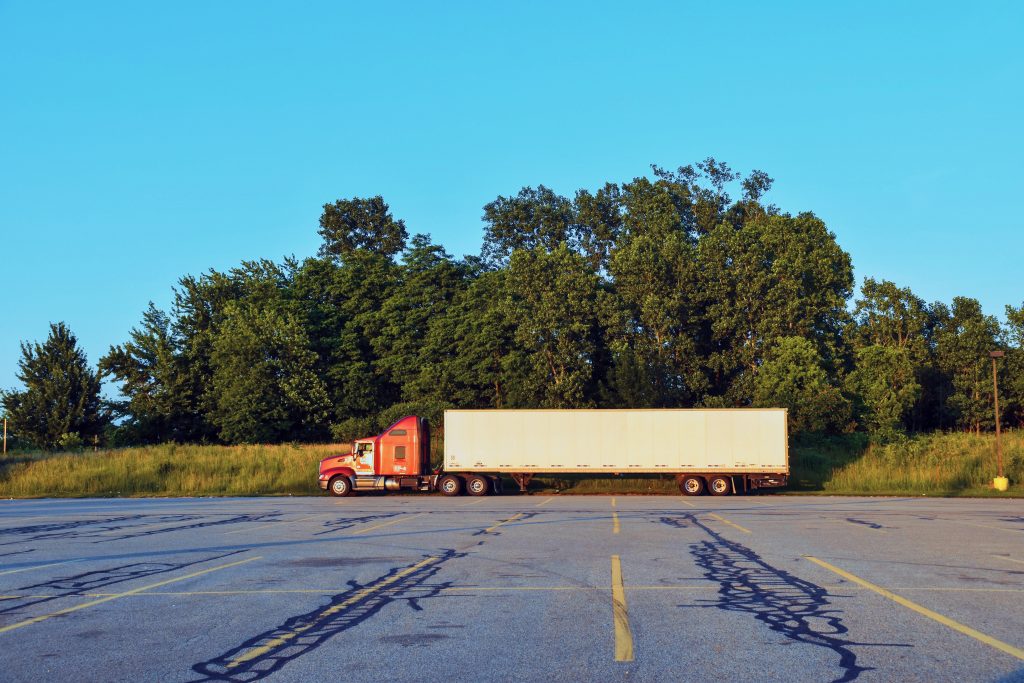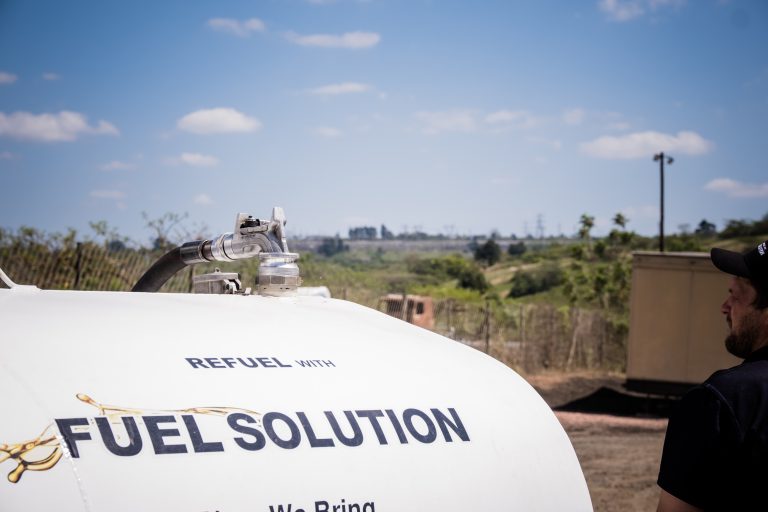7 fuel-saving tips to save truck drivers money on the next drive
Whether driving short distances or taking a long trip, fuel-saving tips are something we should all know during these challenging times of fuel price hikes. Even if you prefer life in the slow lane, there may be more you can do to save on your journey costs and lower your truck’s fuel consumption, as well as carbon dioxide emissions. These are our top fuel-saving tips for trucks.
Fuel-efficient driving
Save hundreds of rands and prevent wear and tear on your heavy motor vehicle right now by adopting these fuel-saving tips into your fleet’s everyday trips. Let’s get learning the Fuel Solution way.

Fuel-saving tips:
1. Gentle on the pedals
In terms of accelerating, the harder you do it, the more fuel you use. Excessive speed is the biggest fuel-guzzling factor so having a light right foot and ensuring all acceleration is gentle is one of the very important fuel-saving tips.
While driving short distances, you can use less fuel by easing onto the accelerator pedal gently.
Minimising idling is another valuable way to cut fuel consumption. Just one hour of idling burns about 3.7 litres of fuel, so only idle your truck when necessary.
2. Steady does it
When your speed dips up and down, you use more fuel, and inevitably spend more money than you need to.
Manual trucks enjoy staying in higher gears when possible. Fuel consumption will, however, rise when you stay in a lower gear for longer. Driving slow at the highest gear will also increase fuel consumption. To sum it up, use the highest possible gear when it’s safe to do so, and don’t stay at lower gears for long.
3. The fuel-saving tips that put the pressure on
It may seem shocking, but driving a truck with under-inflated tyres can increase fuel consumption by up to 4%. It can also reduce the life of your tyres by more than 10,000 kilometres. Low tyre pressure can mean your truck will use more fuel to move.
Correctly inflated tyres are not only safer and last longer. But they will also reduce drag on the road, improving your overall fuel economy. Remember: tyre pressures will vary depending on the load you are carrying.
4. Gear up — properly
Pay attention to the tachometer, an instrument that measures the working speed of an engine, typically in revolutions per minute (RPM). Use it to know when to shift a manual transmission for the best fuel efficiency. The higher the rpm, the more fuel the engine is burning. So, shift through the lower gears smoothly and quickly, and build up speed in the higher gears.
Rule of thumb: If the engine is revving faster than necessary to sustain an even road speed, move to the next higher gear. Downshifting follows a similar standard. If the gas pedal has to stay close to the floor to maintain speed, you probably belong in the next lower gear. “Lugging” in too high a gear isn’t good for the engine or your finances.
5. Truck TLC
A well-tuned engine will save a surprising amount of fuel. And all it takes is some simple maintenance and routine servicing. How does it work? Regular maintenance and servicing improve the efficiency of your truck and therefore is another one of our great fuel-saving tips.
If you’re setting off on a long-distance drive, take your truck for a service beforehand or do the following checks:
- Check fluid levels (brake fluid, coolant, engine oil, AdBlue and screenwash) and top up where necessary.
- Check tyre pressures according to your truck manual.
- Check your tyre tread depth.
- Check your windscreen wipers are in good condition and working well.
- Ensure all your lights work.
- Fill up with fuel before setting off.
- Conduct regular maintenance checks.
We do roadworthy testing at our depots, which you can read more about here.
6. Plan your trip and look ahead
Anticipate what is coming up before you while driving. Keep a comfortable distance between you and the vehicle in front of you, and look out for what pedestrians and other cars or trucks are doing.
Every time you need to re-start after coming to a stop in traffic, your truck needs first gear as well as a huge amount of fuel to start. It is almost the same with second gear. Monitor traffic signs and conditions so that you can correctly anticipate when to slow down, as it’s more fuel-efficient to keep your truck moving instead of starting from a complete stop at the light.
Better still, that will help you reduce the number of gear changes needed, especially if you are still using a manual shifter.
Listen to traffic reports and avoid accidents, road construction and other trouble spots where possible. If you’re doing a longer trip, avoid roads that cut through major cities and are dotted with stoplights, intersections and pedestrians.
7. Track your fuel consumption
Tracking can be a great tool in fuel-saving tips. How long can you go without filling your tank? Two weeks? A week? Write down any trips during the month that caused increases in fuel consumption or any other notable changes, like fuel price increases or decreases. Comparing your monthly recordings can be beneficial when you get to know what works for your truck and what doesn’t.

Driving the distance
Fuel-saving tips are great for long-distance truck drives. But your mental and physical health is just as important when buckling up for a long-haul journey. A ‘long distance’ trip for us is generally a trip of 300 km or more or longer than three hours. Whatever your definition is, our tips on how to drive long distances will keep you safe, and comfortable!
- Allow ample travel time.
- Get a good night’s rest the day before, and stop at a fuel station or one of our depots when you’re feeling tired.
- Dress for comfort in the driver’s seat.
- Eat (something light is preferable) and stay hydrated.
- Obey the rules of the road.
Stay up to date with fuel price increases and more by following us on Facebook, Instagram or LinkedIn.




